Gardening in small spaces is like painting on a tiny canvas; every brushstroke, or in this case, every plant, matters. Whether you’re just beginning your gardening journey or you’re a seasoned green thumb, the world of compact garden design offers endless opportunities to unleash your creativity and transform limited areas into lush, vibrant retreats. This guide is filled with inventive ideas that will make your small garden not just a space for plants, but a personal paradise teeming with life and color.
Exploring garden design in small spaces brings practical advantages that go beyond aesthetics. With these creative strategies, you’ll learn to maximize every inch of space, turning balconies, patios, or even window sills into productive and beautiful gardens. Imagine the satisfaction of harvesting fresh herbs from a vertical planter or enjoying the vibrant blooms of a cleverly arranged container garden. By diving into this guide, you’re not only embracing the joy of successful gardening but also equipping yourself with techniques that promise bountiful rewards in the smallest of spaces.
Maximize Vertical Planting Spaces
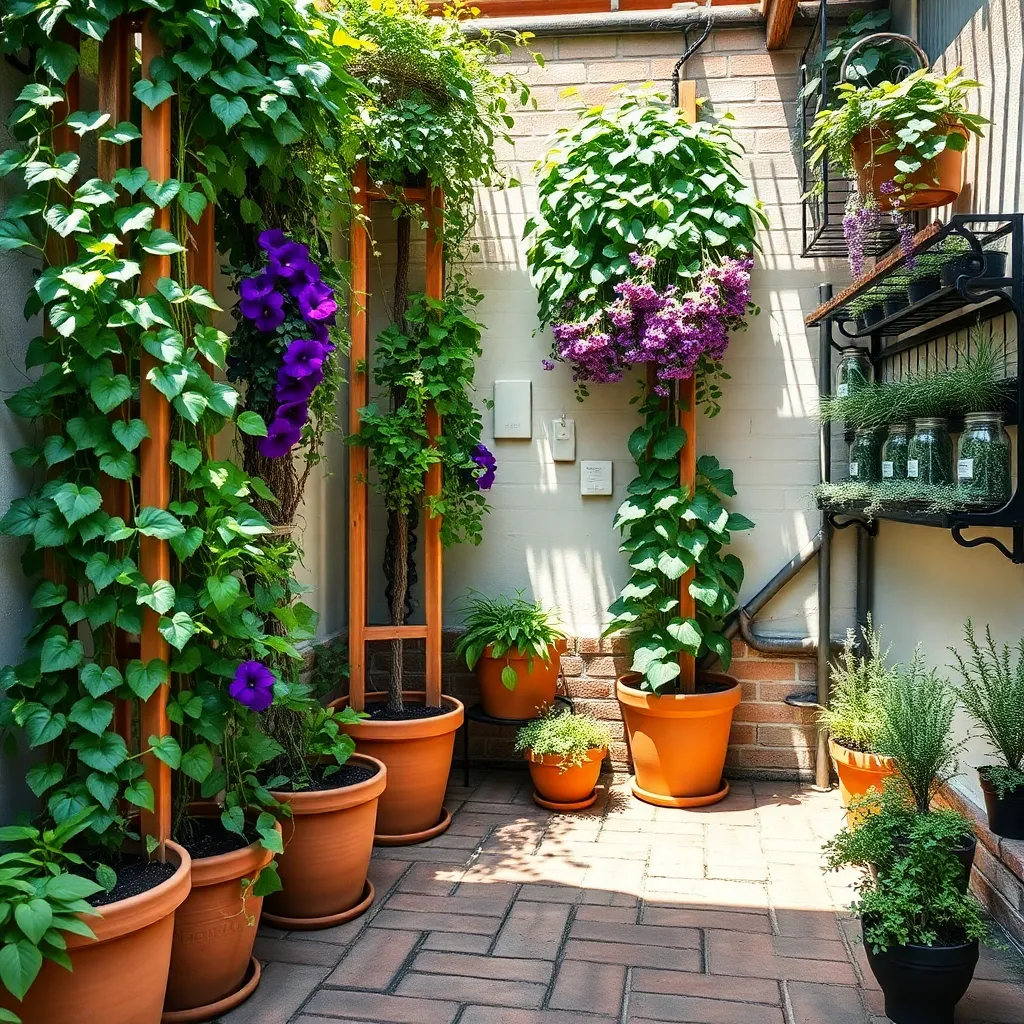
Vertical gardening is an excellent way to maximize space, particularly in small areas where ground space is limited. By growing plants upward, you can create lush, green walls that not only save space but also enhance the aesthetic appeal of your garden.
To get started with vertical planting, consider using wall planters, trellises, or hanging baskets. Wall planters can be attached to fences or walls, while trellises are perfect for climbing plants like beans, cucumbers, or clematis.
Choose lightweight potting soil to ensure good drainage and aeration when planting vertically. Keep in mind that vertical planters may dry out faster, so you’ll need to water more frequently, especially during hot weather.
For beginners, herbs like basil, thyme, and parsley are great choices for vertical gardens because they require minimal space and care. More experienced gardeners might try growing strawberries or tomatoes; these plants can thrive in vertical setups with proper support and regular feeding.
Incorporate a drip irrigation system to maintain consistent moisture levels in your vertical garden, which is essential for healthy plant growth. Additionally, ensure your vertical garden receives adequate sunlight by positioning it on a south-facing wall or using reflective materials to enhance light exposure.
Utilize Multi-Level Planter Boxes
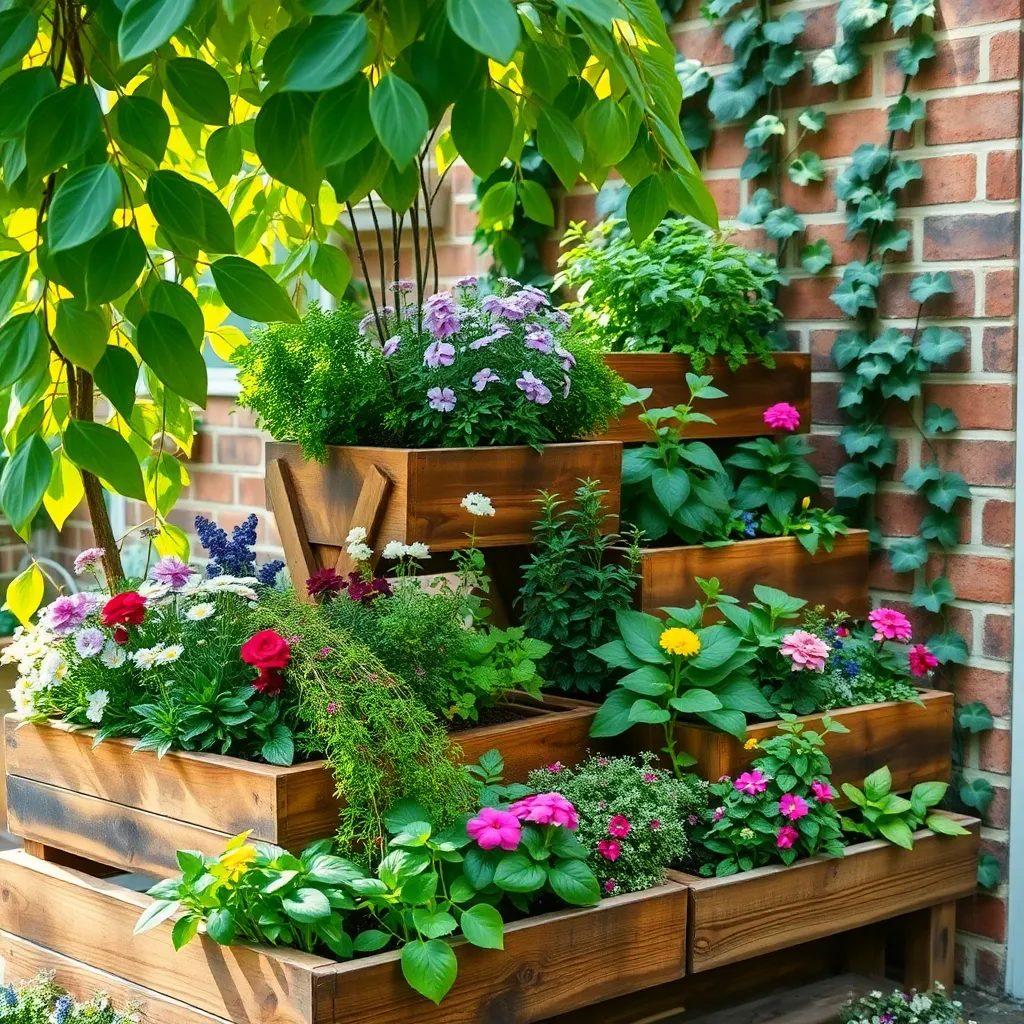
Multi-level planter boxes are a fantastic way to make the most of limited space in your garden. By stacking planters vertically, you create more planting area, allowing you to grow a variety of plants in a compact footprint.
Start by selecting sturdy, weather-resistant materials such as cedar or composite wood for your planter boxes. These materials will ensure that your structure lasts for many seasons and can withstand various weather conditions.
When arranging your planter boxes, consider the light requirements of different plants. Place sun-loving plants on the top levels where they can receive ample sunlight, while shade-tolerant plants can thrive on the lower tiers.
Watering can be a challenge with multi-level planters, so opt for a drip irrigation system to ensure consistent moisture levels. This method reduces water waste and ensures each plant receives the hydration it needs without over-saturating the soil.
For those looking to enhance their gardening skills, experiment with companion planting in these stacked planters. By planting herbs like basil alongside tomatoes, you can naturally deter pests and promote healthier growth for both plants.
Incorporate Foldable Furniture Pieces
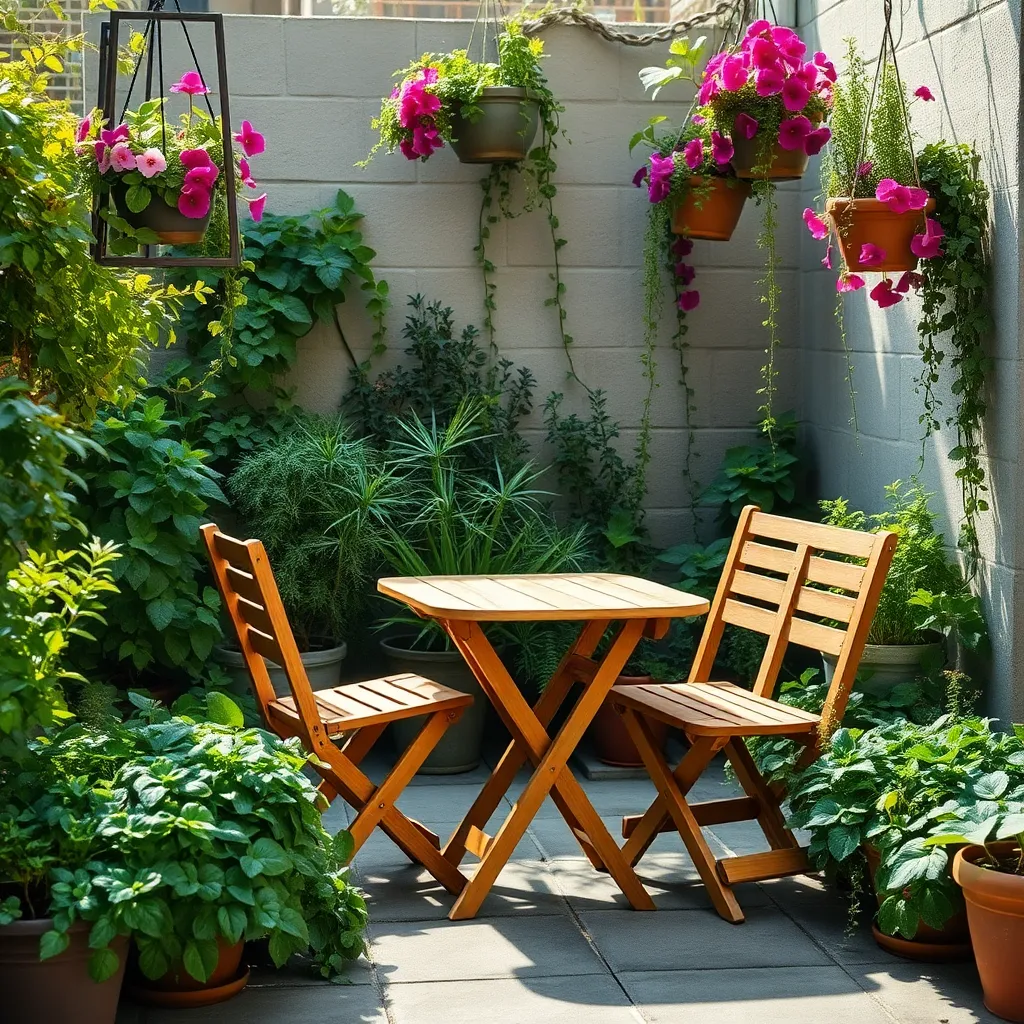
Integrating foldable furniture into your small garden space can significantly enhance flexibility and functionality. These pieces, such as foldable chairs and tables, allow you to maximize space by tucking them away when not in use, giving you more room for plants and other outdoor activities.
Choose materials for your foldable furniture that can withstand outdoor conditions, like metal or treated wood. Regular maintenance of these materials, such as applying a protective sealant or covering them during extreme weather, will extend their lifespan and keep them looking fresh.
In addition to their space-saving benefits, foldable furniture can create a dynamic setting for your garden. You can easily rearrange or remove pieces to suit different occasions, whether you’re hosting a small gathering or simply enjoying a quiet afternoon with a book.
When purchasing foldable furniture, consider pieces that incorporate built-in planters or shelving. These multifunctional designs can further optimize your small space by allowing you to grow small herbs or flowers directly on the furniture itself, adding greenery to your seating area.
Create Illusions with Mirrors
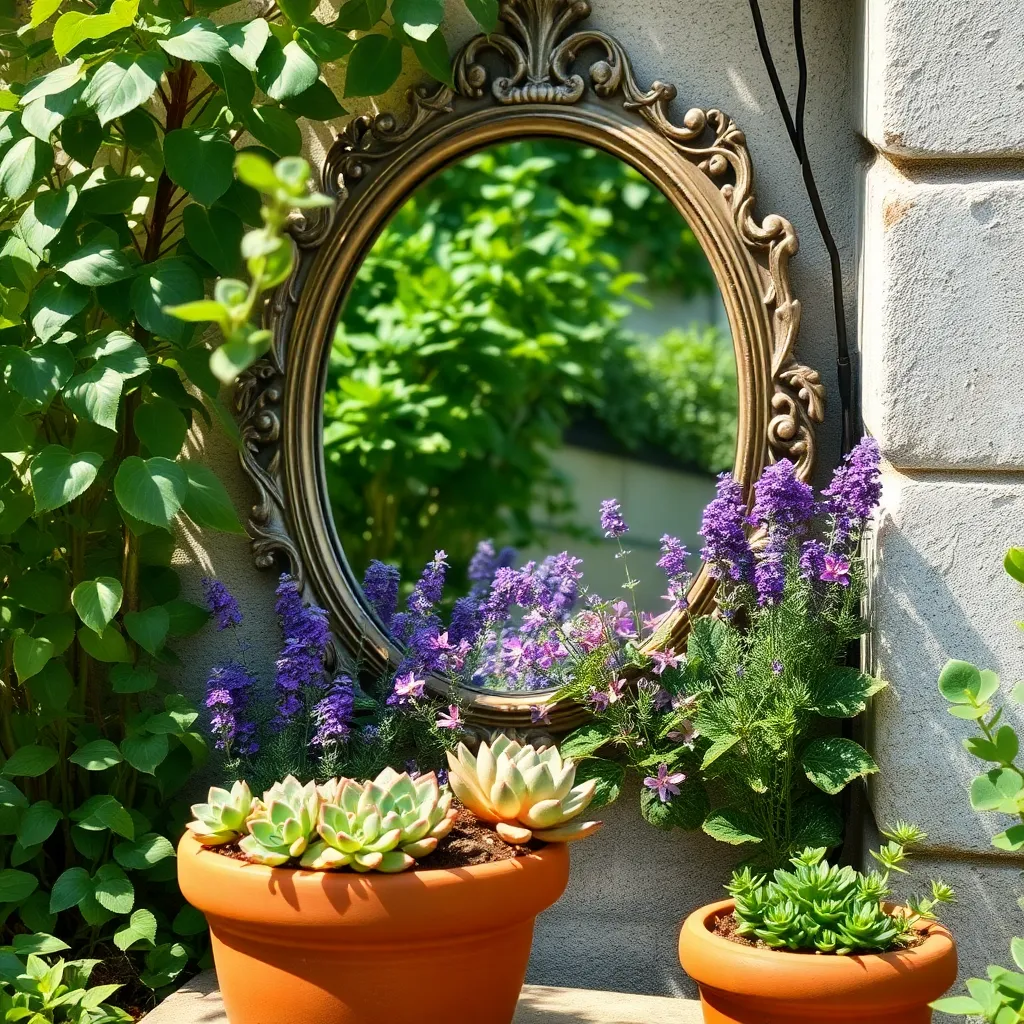
Utilizing mirrors in your garden can create the illusion of a larger space, making small areas appear more expansive. Strategically placing mirrors can reflect light and lush greenery, giving the impression of depth and additional dimensions.
Begin by choosing mirrors that are weather-resistant, as they will need to withstand the elements. Acrylic or specially treated glass mirrors are ideal for outdoor use and ensure longevity while maintaining their reflective quality.
Place mirrors behind plants or along walls to reflect vibrant foliage and blooms, creating a sense of abundance. Ensure the mirrors are positioned to reflect light into shaded areas, brightening up darker corners of your garden.
For those with more experience, consider using mirrors to hide unsightly garden elements or to create a focal point. Experiment with positioning to enhance the visual interest of your space by angling them to capture sky reflections or other scenic views.
Select Compact, Versatile Plants
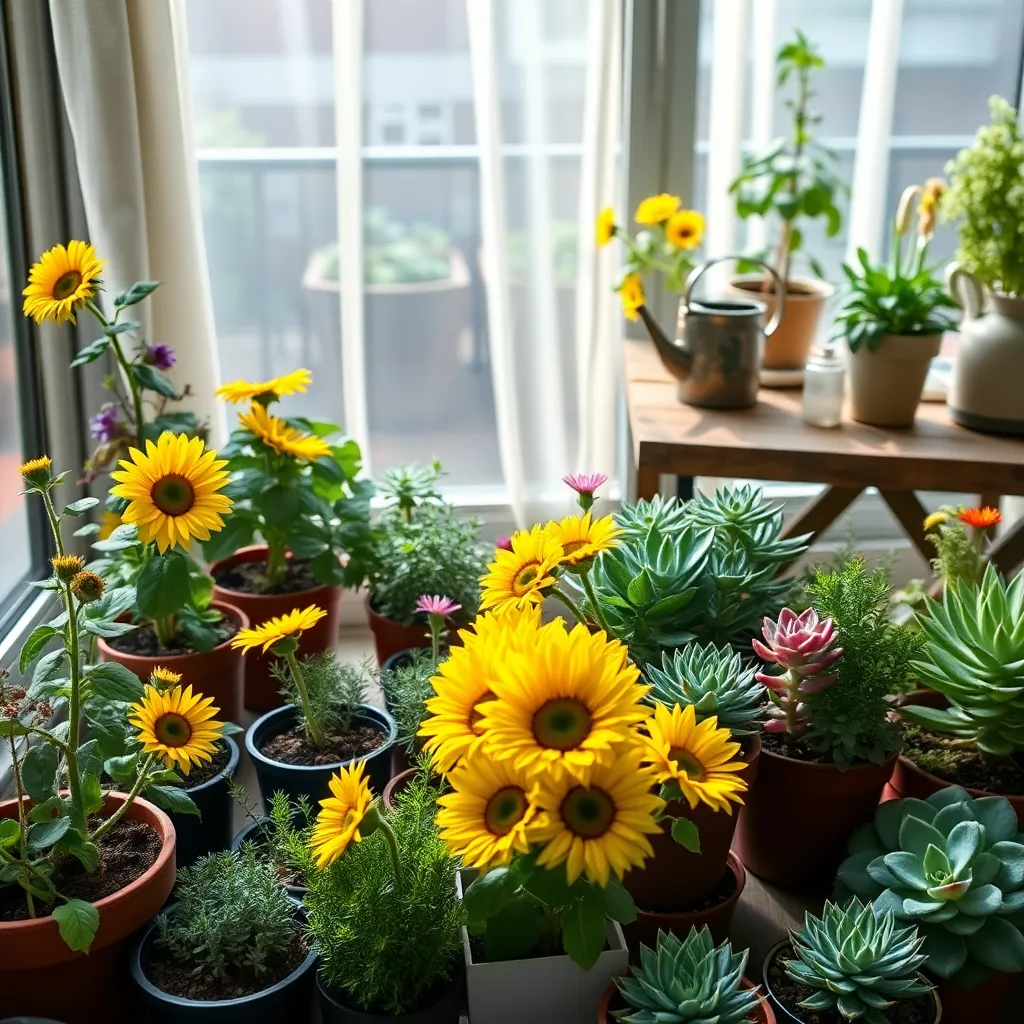
For small gardens, selecting compact, versatile plants can make a significant impact. Consider options like dwarf varieties of trees and shrubs, which provide structure without overwhelming the space.
Succulents and herbs are ideal for tight spaces due to their low maintenance needs and varied textures. Place them in well-draining soil and ensure they receive at least six hours of sunlight daily to thrive.
Additionally, vertical gardening can amplify your space’s potential by using climbing plants. Choose species like clematis or climbing roses, which can be supported by trellises or fences to add height and color.
For seasonal variety, mix in annuals with compact perennials to maintain interest throughout the year. Regularly deadhead spent blooms to encourage new growth and extend the flowering season.
Conclusion: Growing Success with These Plants
In exploring creative garden design ideas for small spaces, we’ve touched on five key relationship concepts: the importance of communication in planning your garden together, the value of collaboration in executing your shared vision, the joy of nurturing growth and watching your relationship blossom, the patience required as you both tend to your garden and your bond, and the adaptability needed to make the most of limited space and resources. These principles not only apply to cultivating a thriving garden but also to nurturing a healthy, flourishing relationship.
As your immediate next step, why not set aside a weekend to sketch out your garden plans together? This exercise will deepen your understanding of each other’s desires and strengthen your collaborative spirit.
Don’t forget to save or bookmark this article as a handy reference; it will serve as a reminder of the nurturing power of creativity and teamwork in relationships. Looking ahead, with enthusiasm and commitment, your journey in both gardening and love promises to be an abundant and rewarding one. Embrace the growth, and watch your connection thrive.

